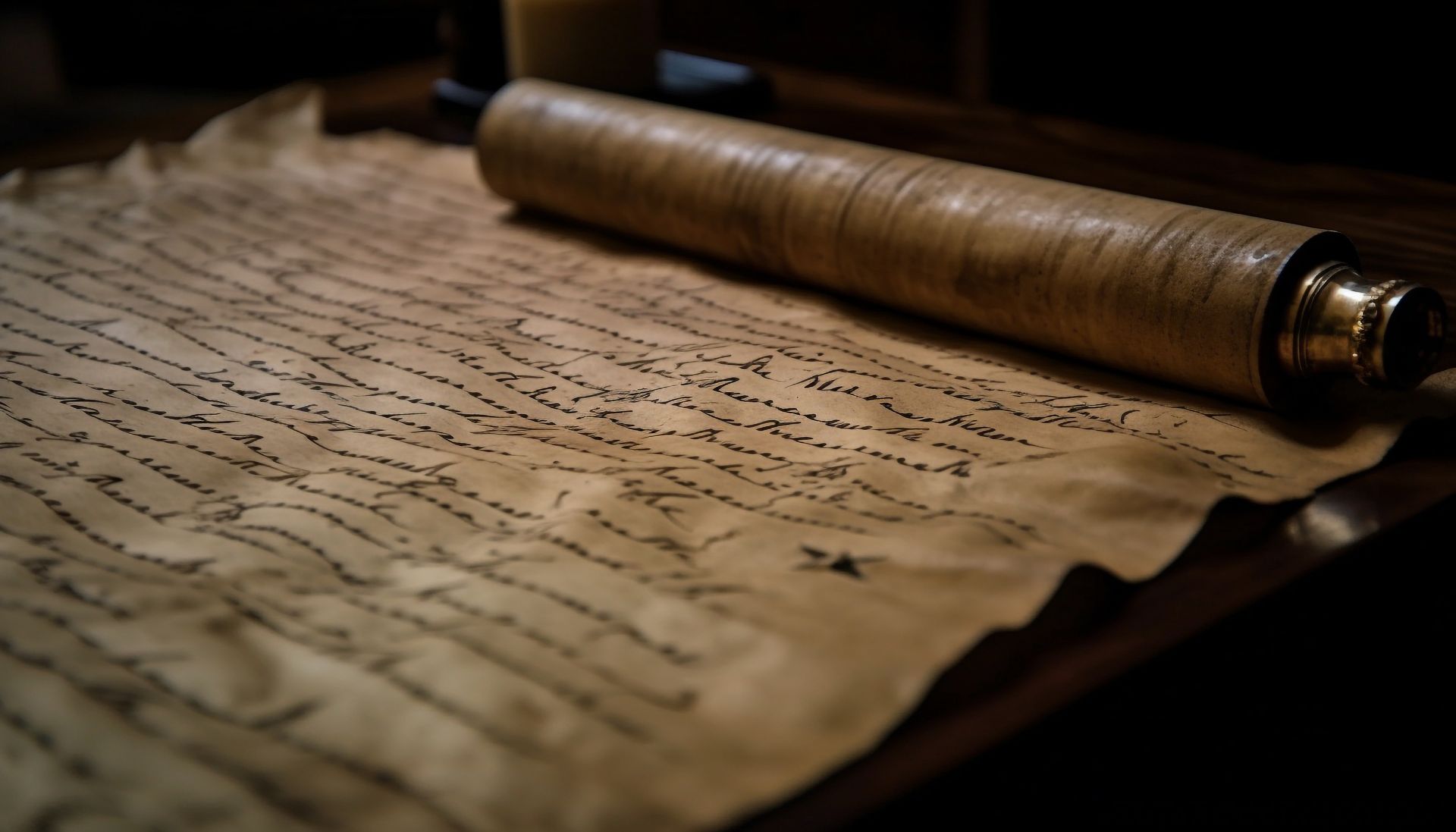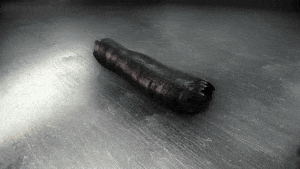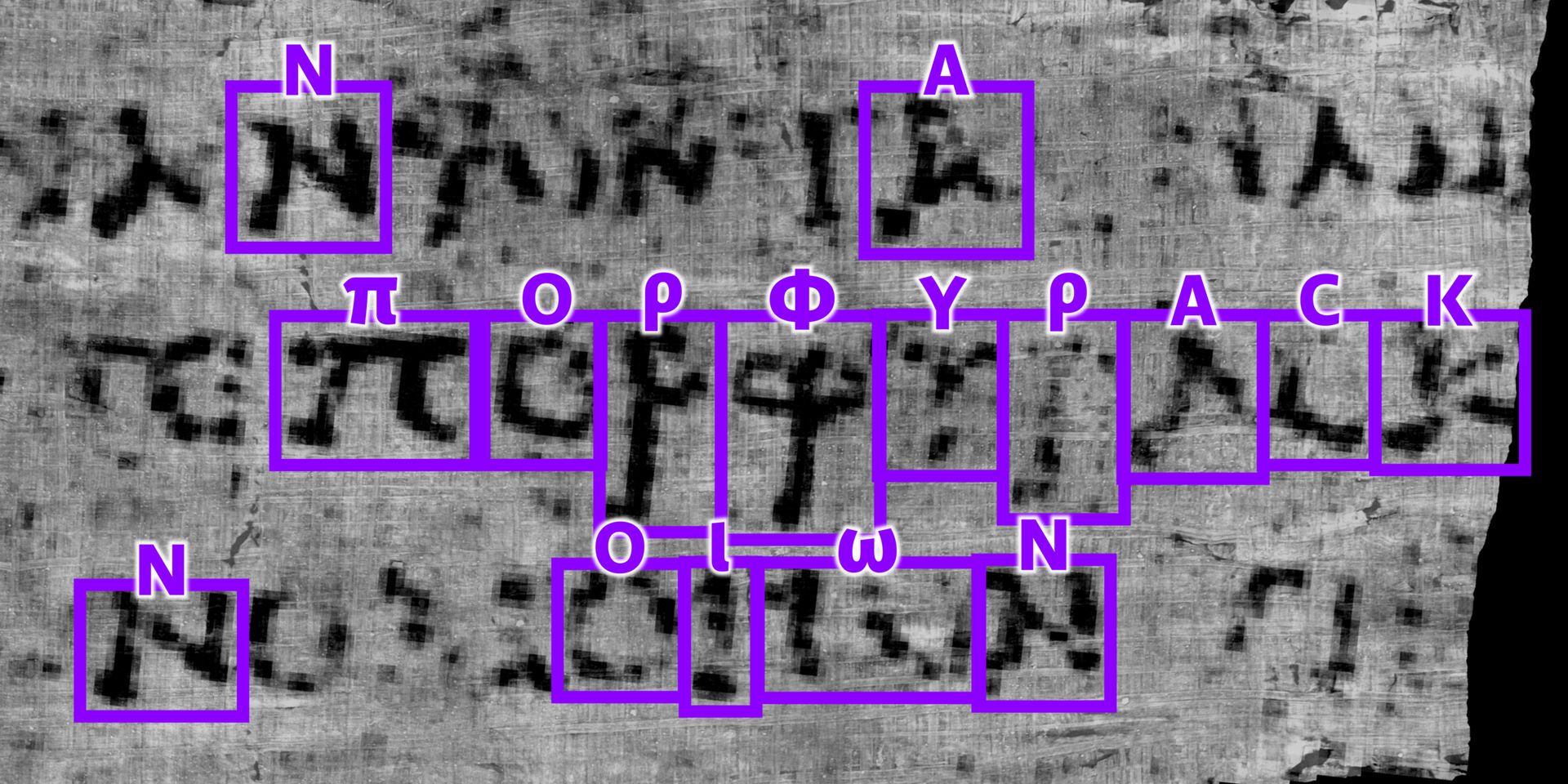AI is virtually unwrapping the past

For centuries, the Herculaneum scrolls, a collection of ancient papyri buried by the eruption of Mount Vesuvius in 79 AD, remained a tantalizing mystery. The intense heat carbonized the scrolls, rendering them too fragile to unroll and the writing nearly invisible.
However, a recent breakthrough in artificial intelligence (AI) has unlocked a treasure trove of knowledge, revealing the first full passages from these scrolls.
This achievement is the culmination of the Vesuvius Challenge, a competition designed to harness the power of AI for deciphering these ancient texts.
The winning team, comprised of computer science student Luke Farritor, biorobotics graduate student Youssef Nader, and robotics student Julian Schilliger, successfully deciphered over 2,000 characters – a significant portion of a single scroll.
How has AI revealed ancient philosophical writings?The key to unlocking the scrolls lay in a technique called “virtual unwrapping“. Imagine a crumpled piece of paper with writing hidden within its folds. Virtual unwrapping is the digital equivalent of meticulously smoothing out that paper to reveal the message.
Here’s how it works:
Micro-CT scanningThe first step involves micro-computed tomography (micro-CT). This X-ray imaging technique creates detailed 3D models of objects. Unlike a traditional X-ray, micro-CT scans the object from multiple angles, capturing its internal structure with high resolution.
In the case of the Herculaneum scrolls, the micro-CT scan penetrates the ash and carbonization, revealing the papyrus layers within the scroll.
 A technique called “virtual unwrapping” is key to unlocking the scrolls (Image credit)
Digital slicing
A technique called “virtual unwrapping” is key to unlocking the scrolls (Image credit)
Digital slicing
Researchers then use specialized software to digitally slice the 3D model into numerous thin sections. This process essentially creates a series of cross-sectional images of the scroll, similar to digitally dissecting it. Each slice provides a view of the papyrus fibers and any traces of ink that may be present within the specific layer.
AI analyzes the slicesThe virtual unrolling was only half the battle. Even after the AI’s work, the text on the scrolls remained faint and blurred. Here, another set of AI algorithms came into play. Trained on a massive dataset of ancient Greek and Latin texts, these algorithms could recognize patterns and identify individual letters within the blurred images. By analyzing the shapes and comparing them to known characters, the AI could statistically predict the most likely letter at each point. This process, though not perfect, significantly improved the readability of the text.
However, the AI’s role wasn’t to replace human expertise. Instead, it provided a powerful tool for scholars. The AI-generated suggestions were then reviewed and interpreted by classicists, who possess the knowledge of ancient languages and historical context necessary to decipher the meaning of the text.
This collaboration between AI and human scholars proved immensely fruitful. In 2023, the Vesuvius Challenge yielded its first major breakthrough. A team of researchers successfully extracted 15 columns of text from a previously illegible scroll. Preliminary analysis suggests the text discusses everyday life, including food, music, and philosophical ideas about pleasure.
 AI algorithms can identify faint letters within the blurred slices (Image credit)
A new chapter for ancient knowledge
AI algorithms can identify faint letters within the blurred slices (Image credit)
A new chapter for ancient knowledge
The success of this project highlights the power of collaboration between cutting-edge technology and human expertise. While AI played a crucial role in virtually unwrapping and deciphering the text, the final interpretation relied on the knowledge of classicists like Professor Roger Macfarlane. This teamwork ensures an accurate understanding of the ancient writings.
The Vesuvius Challenge is a machine learning and computer vision competition that in 2023 cracked the riddle of the Herculaneum Papyri & awarded over $1,000,000 in prizes.The Vesuvius Challenge is a significant turning point in the study of the Herculaneum Scrolls. With AI as a powerful tool, researchers are poised to unlock a wealth of information, offering new insights into Roman society, philosophy, and literature.
The future holds the promise of deciphering even more scrolls, bringing the voices of the past back to life, and enriching our understanding of the ancient world.
Featured image credit: vecstock/Freepik
